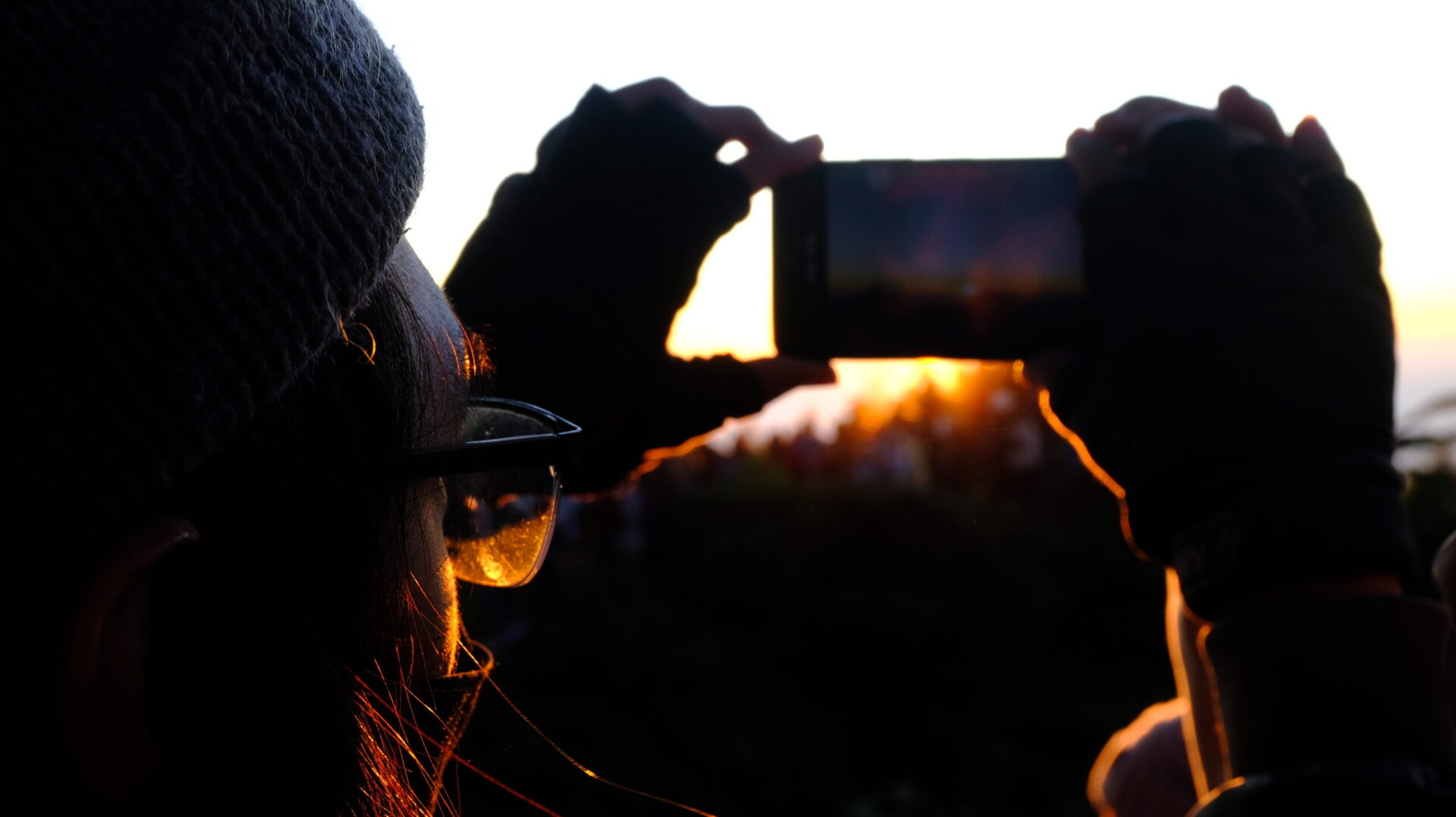Introduction
In the world of photography, DSLR and mirrorless cameras have become the go-to choices for enthusiasts. Both types offer unique advantages and drawbacks. This article compares these two camera types to help you choose the right one for your needs.
What are DSLR and Mirrorless Cameras?
DSLR (Digital Single-Lens Reflex): A DSLR uses a mirror to reflect light into the optical viewfinder. When you press the shutter button, the mirror flips up, allowing light to reach the sensor and capture the image. Mirrorless: A mirrorless camera doesn’t have a mirror. Light directly hits the sensor, and the image is displayed on the LCD screen or electronic viewfinder.
Feature Comparison
- Sensor: Sensor size significantly impacts image quality, affecting detail, dynamic range, and low-light performance. Both DSLR and mirrorless cameras come in various sensor sizes, such as full-frame, APS-C, and Micro Four Thirds.
- Focus System: DSLRs use phase-detect autofocus, known for speed and accuracy, especially in low light. Mirrorless cameras often combine phase-detect and contrast-detect autofocus, offering high speed and accuracy, particularly in continuous autofocus mode.
- Viewfinder: DSLRs use optical viewfinders for a direct and accurate view. Mirrorless cameras employ electronic viewfinders (EVF), providing a real-time view with additional information like exposure, focus, and white balance.
- Body: DSLRs are generally larger and heavier due to the mirror and prism. Mirrorless cameras are smaller and lighter, making them more portable.
- Lenses: DSLRs have a wider range of lenses, especially from third-party manufacturers. Mirrorless lens options are growing, particularly for popular brands like Sony and Canon, but third-party choices are still limited compared to DSLRs.
Additional Features
- Image Stabilization: Both types offer image stabilization, either in the camera body or the lens.
- Video: Both can record high-quality video, with mirrorless cameras often excelling in features like 4K, 8K, and slow-motion.
- Connectivity: Both support Wi-Fi and Bluetooth for file transfer, remote control, and direct image sharing.
Pros and Cons
DSLR:
- Pros: Wide lens selection, optical viewfinder, long battery life.
- Cons: Larger size, heavier, older technology.
Mirrorless:
- Pros: Compact, lightweight, latest technology, fast focus, high-quality video.
- Cons: Limited lens selection (for some brands), premium lens prices.
Which is Better?
The choice between DSLR and mirrorless depends on individual needs and preferences.
- DSLR: Suitable for professional photographers requiring high performance, especially in low light, and a wide range of lenses.
- Mirrorless: Ideal for beginners, hobbyists, and vloggers seeking a lightweight, compact camera with advanced video features.
Factors to Consider:
- Your needs: What do you want to achieve with the camera?
- Budget: How much can you invest in the camera and lenses?
- Photography type: Do you prefer landscape, portrait, or street photography?
Conclusion
Both DSLR and mirrorless cameras have their strengths and weaknesses. The best choice depends on your specific needs and preferences. By understanding the differences between the two, you can make an informed decision.
FAQ
- What is the main difference between DSLR and mirrorless? The primary difference lies in the focusing system. DSLRs use a mirror, while mirrorless cameras use the sensor directly.
- Which camera is better for beginners? Mirrorless cameras are often easier for beginners due to their smaller size, lighter weight, and intuitive interface.
- Can I use DSLR lenses on a mirrorless camera? No, DSLR lenses cannot be used on mirrorless cameras due to different lens mounts.
- How does video quality compare? Mirrorless cameras generally excel in video recording, offering higher resolutions, frame rates, and more video features.
- Which has a better future? Mirrorless cameras are gaining popularity and continue to evolve with new technologies and features. However, DSLRs still have a strong user base, especially among professionals.
By understanding these differences, you can choose the camera that best suits your photography needs.

